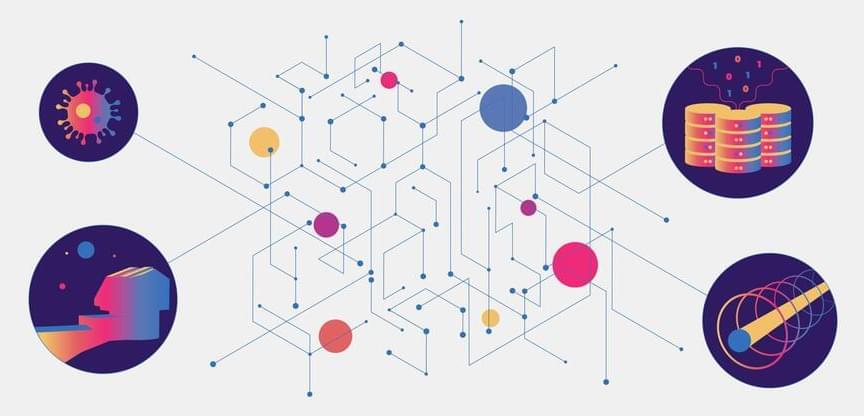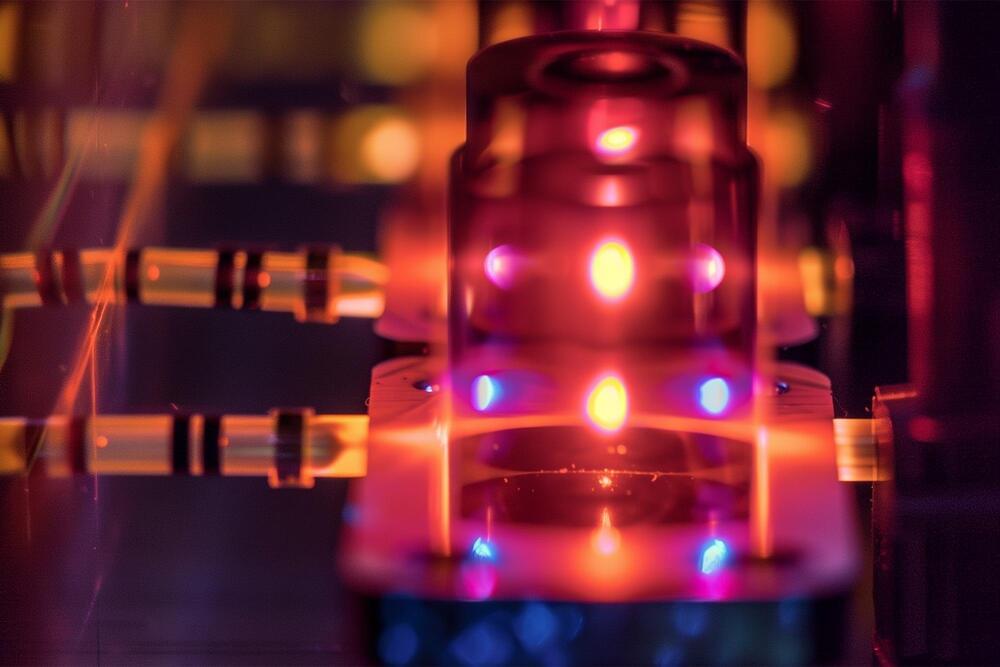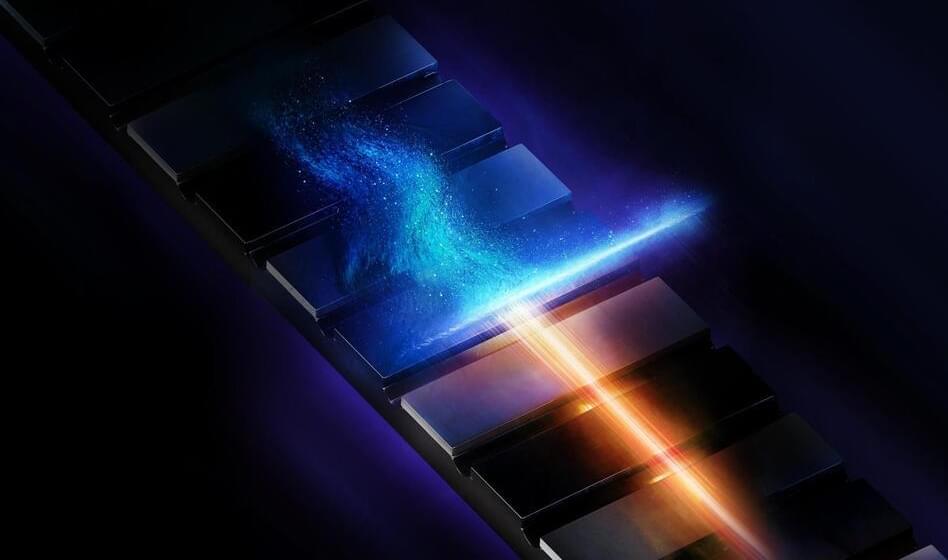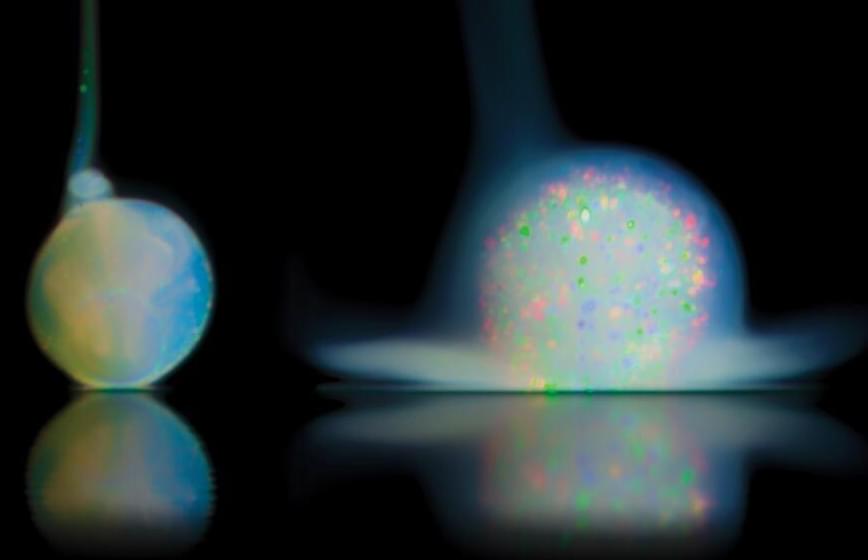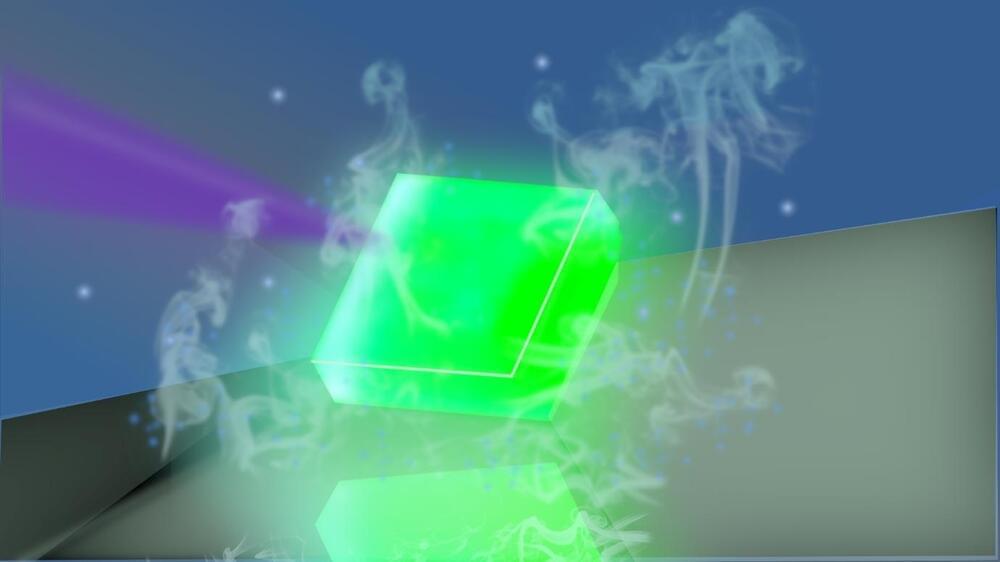Nov 28, 2024
Taming big data and particle beams: How researchers are pushing AI to the edge
Posted by Saúl Morales Rodriguéz in categories: biotech/medical, information science, robotics/AI
Every day, researchers at the Department of Energy’s SLAC National Accelerator Laboratory tackle some of the biggest questions in science and technology—from laying the foundations for new drugs to developing new battery materials and solving big data challenges associated with particle physics and cosmology.
To get a hand with that work, they are increasingly turning to artificial intelligence. “AI will help accelerate our science and technology further,” said Ryan Coffee, a SLAC senior scientist. “I am really excited about that.”
